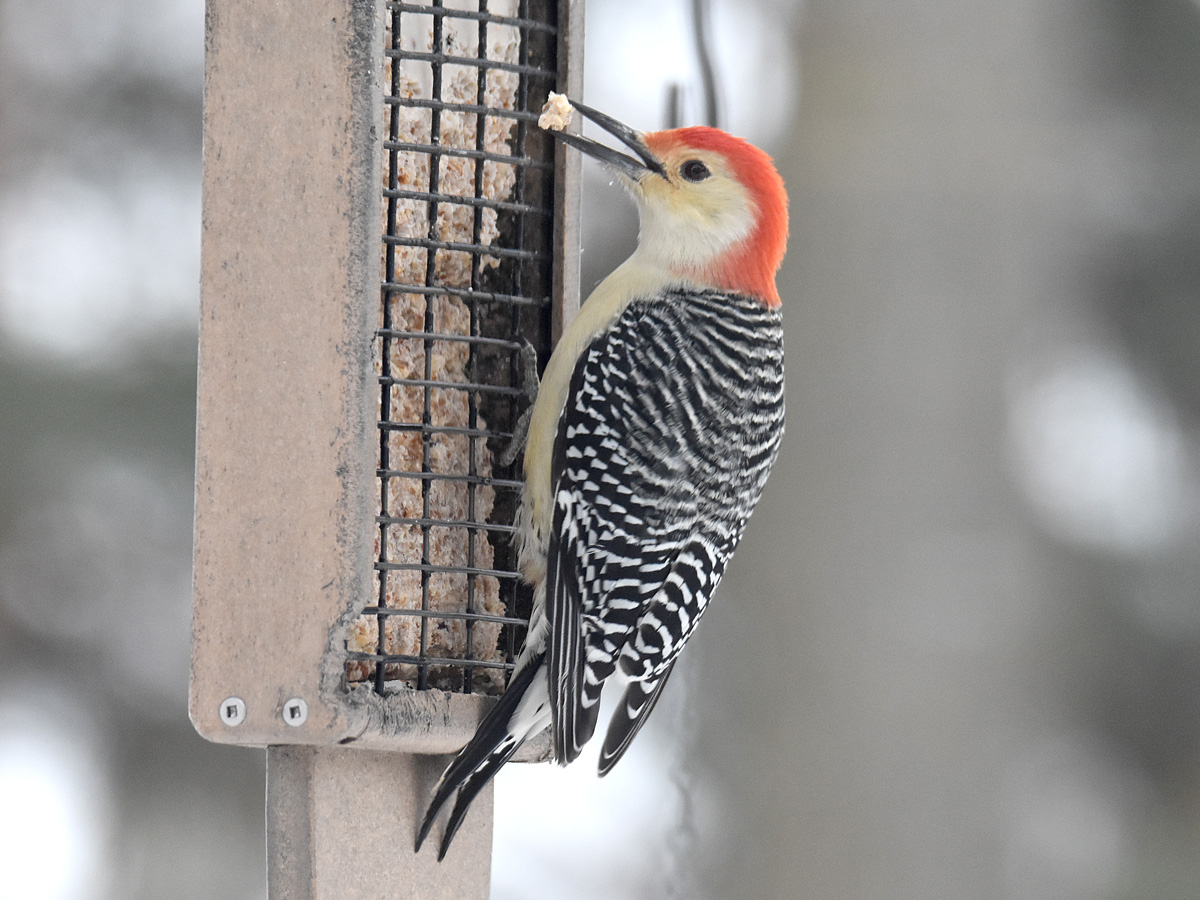Understanding Woodpeckers in Florida: Actions, Types, and Habitats
Understanding Woodpeckers in Florida: Actions, Types, and Habitats
Blog Article
Introducing the Secrets of Woodpeckers: Habits, Environment, and More
Woodpeckers, with their special behaviors and specialized adaptations, have lengthy interested scientists and nature fanatics alike. These amazing birds have a variety of fascinating secrets that lost light on their survival techniques, environment preferences, and complex communication techniques. By revealing the mysteries bordering woodpeckers' behavior and environment selections, a deeper understanding of these avian wonders emerges, using a glance into their fascinating globe. What makes these birds absolutely remarkable, and just how do they browse their environment with such precision and skill? Let's explore the captivating world of woodpeckers and untangle the enigmatic information that make them such intriguing subjects of research study.
Woodpecker Behavior Insights
In examining woodpecker behavior, a fascinating display of specialized skills and adaptations emerges, clarifying their impressive eco-friendly specific niche - Woodpeckers in Florida. Woodpeckers, understood for their unique drumming on trees, possess a selection of behavior qualities that add to their survival and success in their atmosphere. One crucial behavior is their drumming, which offers several purposes such as communication, establishing territory, bring in companions, and finding food sources. This rhythmic pecking also showcases their exceptional stamina and endurance, as they can hammer away continuously at broadband without creating harm to themselves.
Furthermore, woodpeckers exhibit an unique feeding actions identified by their capability to extract bugs from tree bark utilizing their specialized beaks. Their lengthy, barbed tongues help in recording prey, while their solid neck muscles supply security and accuracy during pecking activities. This feeding strategy enables woodpeckers to accessibility hidden insect larvae and extract them with impressive efficiency.
Habitat Preferences and Choice
What aspects influence the habitat preferences and selection of woodpeckers? One vital factor affecting woodpecker environment option is the schedule of ideal nesting websites. Woodpeckers generally like forests with a mix of mature trees that supply enough possibilities for cavity excavation.
Additionally, woodpeckers reveal a choice for environments with an abundant supply of food sources. They are mostly insectivorous, feeding on beetles, ants, larvae, and various other insects found in decaying wood or tree bark. Therefore, woodpeckers tend to favor woody locations with a varied insect populace to satisfy their nutritional requirements.
Furthermore, the presence of dead or worn out trees is one more essential consider woodpecker habitat option. These trees not only provide food resources however also offer appropriate substrate for dental caries excavation. Dead trees are necessary for the maintenance of healthy woodpecker populaces, as they play an important role in the woodpeckers' life process and ecosystem characteristics.
Feeding Behaviors and Diet Plan Composition
Woodpeckers show a specialized feeding behavior concentrated on foraging for insects within different habitats. In enhancement to pests, woodpeckers also take in tree sap, fruits, nuts, and seeds, including selection to their diet depending on the period and accessibility of food sources.
The foraging techniques of woodpeckers are well-adapted to their arboreal way of life (Woodpeckers in Florida). Their capacity to dig deep into wood not just supplies them with food however additionally assists in developing nesting cavities and establishing regions. Woodpeckers play an important role in preserving the wellness of woodlands by regulating insect populaces and helping in the decay of timber. Recognizing their feeding practices and diet structure is important for conservation initiatives targeted at preserving these distinct and valuable birds.
Drumming Seems and Interaction
Utilizing fast drumming audios on various surface areas, woodpeckers use a distinctive type of interaction he has a good point to signal area borders and draw in friends. This drumming habits is not just a way of communication yet also offers as a method for woodpeckers to develop their existence within a particular location. The intensity, rate, and pattern of the drumming can convey crucial information to various other woodpeckers in the vicinity.
Woodpeckers make use of drumming noises to introduce their presence in a region and to caution off possible trespassers. The loud and repetitive nature of the drumming works as a clear signal to other woodpeckers that the location is already claimed. This aids in decreasing conflicts and decreasing physical conflicts in between individuals.

Survival Adaptations and Specialized Composition

Verdict
To conclude, woodpeckers display distinct behaviors, such as drumming audios for interaction, and have specialized anatomy for survival in their picked environments. click here now Their feeding behaviors and diet plan composition better show their versatility to various settings. By comprehending these aspects of woodpeckers, scientists and guardians can better shield and protect these fascinating birds and their ecosystems.
Report this page